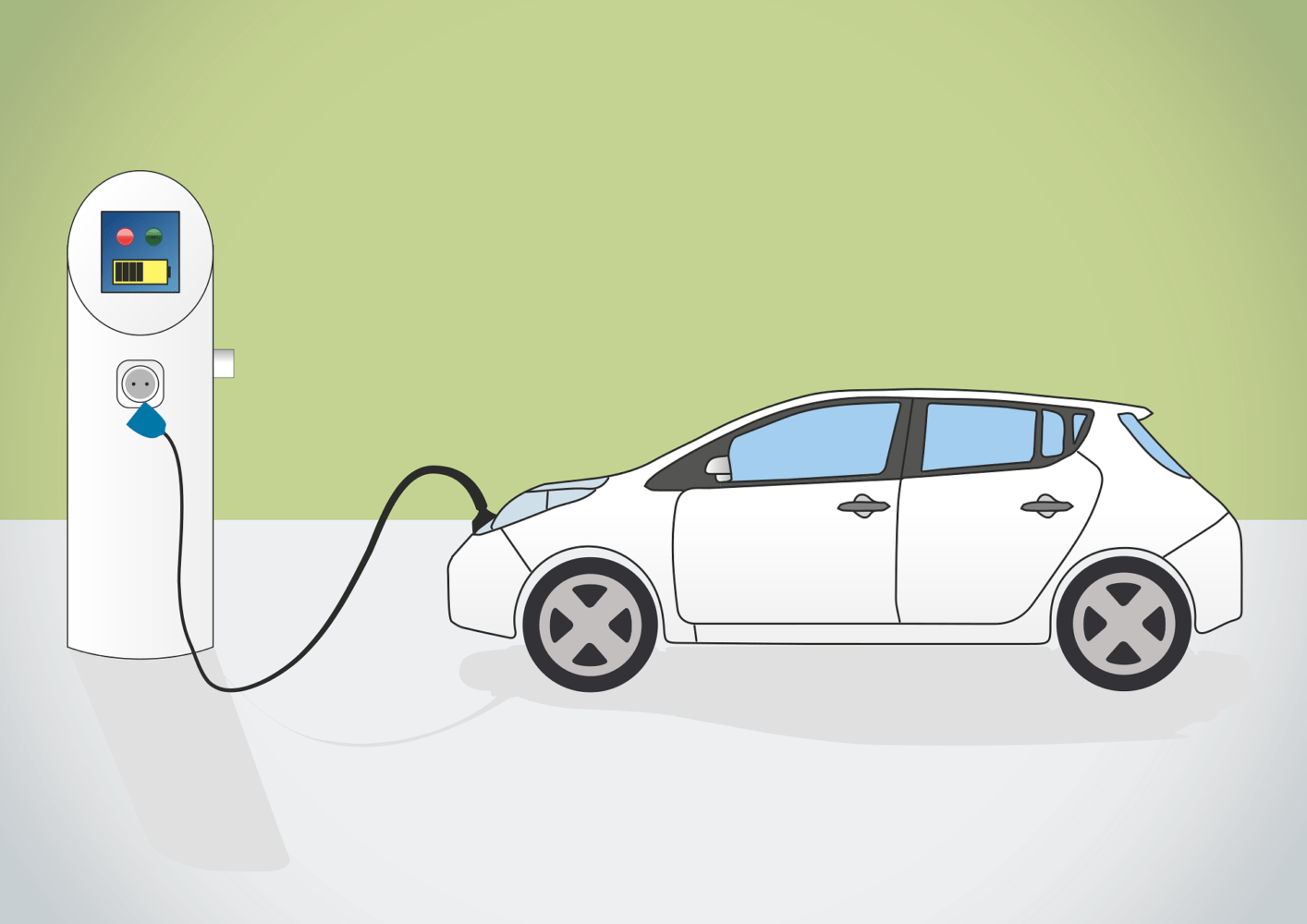As the automotive industry keeps on advancing, safety and efficiency continue to become a concern and matter even more. Automotive materials play an important role in EVs performance, safety, and efficiency on the road.
Rogers Materials offers many solutions for addressing your needs for electric vehicles. Their automotive materials enhance vehicle safety and efficiency, and make sure that your EV is performing at its peak level.
In this article, we’ll dive deeper into learning more about which materials you need to use to make your EVs more safe and efficient.
Advanced material solutions for Advanced Driver Assistance Systems (ADAS) in EVs
ADAS are responsible for enhancing vehicle safety and reducing car accidents as much as possible. The most recent statistics released by USA Today claimed that only in the US, there were more than 42,000 fatal car crashes per year.
Enhanced safety is important for this reason and while it can save many lives, it’s important to use the right materials. ADAS systems rely on important sensors such as radar, camera, and LIDAR to improve the safety and comfort of drivers.
Rogers’ portfolio of RF allows designers to optimize RF performance. Let’s dive deeper into learning more about the innovative solutions used for ADAS:
- RO3003G2™: Provides a lower insertion loss. It is an ideal choice when used in ADAS systems like adaptive cruise control, collision warnings, and even active braking and lane change assistance.
- RO4830™: Thermostat materials that are a budget-friendly alternative, mostly used in 76-81 GHz automotive radar sensor applications.
- CLTE-MW™: Used for 5G and other millimeter-wave applications. It has excellent mechanical performance in environments with extreme temperatures and conditions, and great heat dissipation in aggressive designs.
- PORON® polyurethane and BISCO® silicone materials: Rogers offers these materials for solving sealing and vibration design challenges, ensuring that tight seals are made and last throughout the vehicle’s lifetime.
As vehicles are becoming autonomous and have more technological advancements, many new material solutions will make sure drivers are in the right hands when on the road.
Thermal management solutions

Electric and hybrid vehicles are now becoming increasingly popular, and there is now a shift in focus on thermal and efficiency management. Here are the materials that Rogers offers for managing heat and improving electric and hybrid vehicle performance:
- Thermal interface materials (TIMs): Rogers’ COOLSPAN TECA is used for bonding higher power circuit boards. This helps overcome flow challenges and is chemically resistant. It has low flow during pressure cure and provides heat dissipation and electrical continuity to heat sinks. It’s supplied on a PET carrier and has high bond strength and reliability. This results in advanced battery cooling systems that can effectively transfer heat and keep battery temperatures at the optimal level even during charging.
- Power electronics: Moreover, other materials include Rogers substrate, which is also well known for the effective heat management for electrical devices. Temperatures of electrical devices need to be maintained at a certain level, and Rogers metalized ceramic substrates have a high power efficiency, carry high current, and provide higher voltage isolation, allowing them to perform at wider temperature ranges. Curamik power substrates are cost-effective for the automotive industry standards and offer many thickness combinations.
- High-frequency laminates: Also used in power electronics to make sure there is minimal power loss and heavily influence the performance of converters, inverters ,and many other electronic systems in EVs.
According to the International Energy Agency, the number of electric cars sold in 2024 has surpassed 18 million, more than double from 2021. The increase in electric and hybrid vehicles used by people has now made it more important than ever to use advanced material solutions.
Rogers PORON material for advanced sealing and gap filling
While ADAS is only one important part of safety in vehicles, Rogers PORON material is used for advanced sealing and gap filling to make sure that they are compatible with extreme environments and are used for energy management solutions.
This also heavily influences the protection of electronic components from extreme environments such as chemicals, dust, and moisture, making sure that the lifecycle of the battery is extended and its reliability.
PORON has a line of products that meet design requirements, even the ones that have some of the most extreme requirements. Let’s dive deeper to learn more about them and what they can do to improve vehicle safety:
- PORON 4701-30 Polyurethane: Easily compressed and soft foam. It’s an ideal choice to use in areas where flexibility is a requirement. Foam is great for filling gaps, gasketing, and noise reduction. Temperature recommendations start from -51 degrees Celsius to 121 degrees Celsius. However, it’s always recommended for constant use at 90 degrees Celsius.
- PORON 4701-40 Polyurethane: When it comes to finding a solution for your gasket design, PORON 4701-40 polyurethane is a soft foam that will do the job. It provides great compression for gasketing and sealing. Let’s not forget that it’s also super durable.
- PORON 4701-50 Polyurethane: This material offers lots of resistance and advanced compression capabilities, providing impact and shock management.
- PORON 4701-60 Polyurethane: Used for energy management solutions for gap filling, and sealing applications. It’s long-lasting and a reliable choice for battling extreme environments such as dust, dirt, shocks, and heat.
- PORON 4790-92 Polyurethane: An excellent alternative for lower energy impacts. It’s used for long-term performance since it can return to its original shape and has a slow rebound.
- PORON 4790-79 Polyurethane: This firm foam is excellent for energy management since it prevents any cracks in displays and keeps them in place.
- PORON AquaPro Series Foams: Thin foam that is used for water protection. It’s environmentally safe, with low outgassing, and provides reliable and durable water sealing capabilities.
- PORON EVExtend Battery Pad material: The latest advancement used for protecting and extending battery life for solid-state batteries. Offers excellent durability and long-term battery performance.
- PORON SlimGrip Foam: One of the softest materials that is used for filling extremely thin designs, making sure that no gap filling is overlooked. Even though this material is so thin, it still offers great rebound properties and no incompressible layers.
- PORON Soft Seal 4701-15 series: Provides durable materials used in thinner designs. They are designed for superior dust sealing, and are the lowest-density offering the PORON product line has to offer!
- PORON ThinStik Materials: Combines PORON polyurethane foam with pressure-sensitive layers that are used in applications that are up to 0.1 mm thin. It’s an ultra-thin and highly compressible material and provides long-term sealing and protection.
- PORON V-0 Foam: Meets all requirements that are under the UL94 V-0 flammability rating. It offers super advanced sealing capabilities and keeps the passenger’s safety a priority.
The PORON product line covers a wide range of safety features and offers extremely durable and reliable options. While there are a range of options available, it’s always important to see which materials fit your requirements.
Lightweight components for reducing vehicle weight and increasing EV charge range

Weight in vehicles is an important factor when it comes to reducing emissions and increasing the EV range. The fewer emissions there are, the better it’s for the environment and reduces the ecological footprints of EV production and operation. Here is the line of lightweight materials that help improve EV performance:
- ARLON products: Rogers’ ARLON Silicone Technologies (silicone elastomer, films, foils, and fabrics) are an industry leader and are designed internally. They are great for handling extreme environments and can be used for many purposes. ARLON products offer process performance that fulfills customer needs.
- R/Bak cushion mounting materials: These are open-cell urethanes that provide advanced cushioning for flexographic printing. It handles detailed graphics on even the most rough substrates. R/bak is great for eliminating many issues while improving the print quality. They decrease plate deformation, gear banding, pressure, and absorb shock for flexographic printing plates. This contributes to lighter material that is better for the vehicle’s performance and offers a longer charge range. Not only are you getting a longer cushion life, but at the same time, you are getting much better print quality.
Other than that, Rogers’ foam material and elastomers are great in reducing noises, vibration, and harshness (NVH). The less noise and vibrations there are, the more durable and comfortable the vehicle is, meaning that you are not only getting a more pleasant driving experience but enjoying a quiet drive.
Newer technologies are offering you everything you need for your modern vehicle
Emerging technologies have put out advanced automotive materials that are used for improving a vehicle’s performance and safety. As the automotive industry continues to evolve, there needs to always be material that meets the required industry standards.
Electric and hybrid vehicles are now trending, and thermal interface materials and power electronics solutions are. Moreover, let’s not forget about the advanced foam solutions for gap filling, sealing gaskets, and cushion materials that contribute to a lighter vehicle that will have much better charge ranges for your EV.
⸻ Author Bio ⸻
Tony Ademi is a freelance SEO content and copywriter. He has been in the writing industry for three years and has managed to write hundreds of SEO-optimized articles. Moreover, he has written articles that have ranked #1 on Google. Tony’s primary concern when writing an article is to do extensive research and ensure that the reader is engaged until the end.












